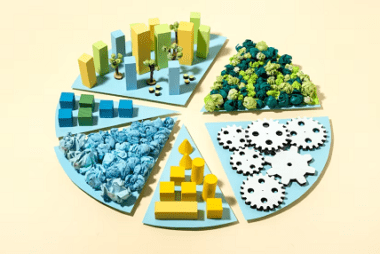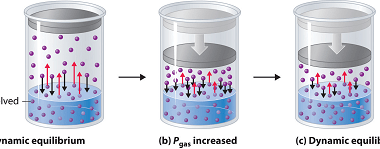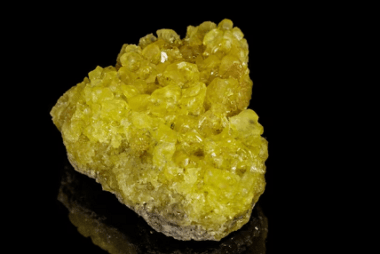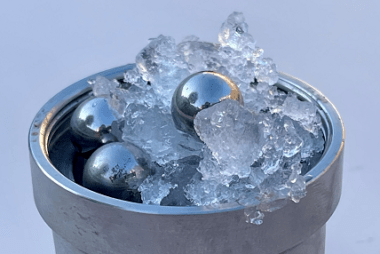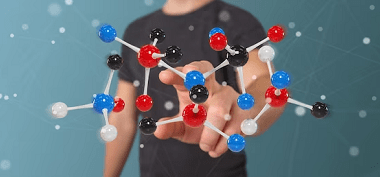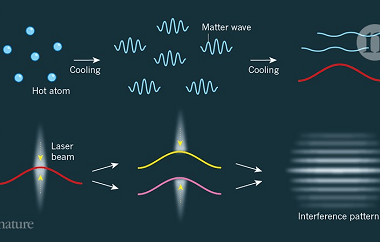Integrated Course AIIMS-SYLLABUS Chemistry syllabus Electrochemistry
Electrochemistry Electrochemistry is the branch of chemistry that deals with the study of the relationship between electricity and chemical reactions. It involves the conversion of chemical energy into electrical energy and vice versa. Electrochemical processes are vital in various fields, including energy storage, corrosion prevention, electroplating, and biological systems. Key concepts in electrochemistry include: The…

